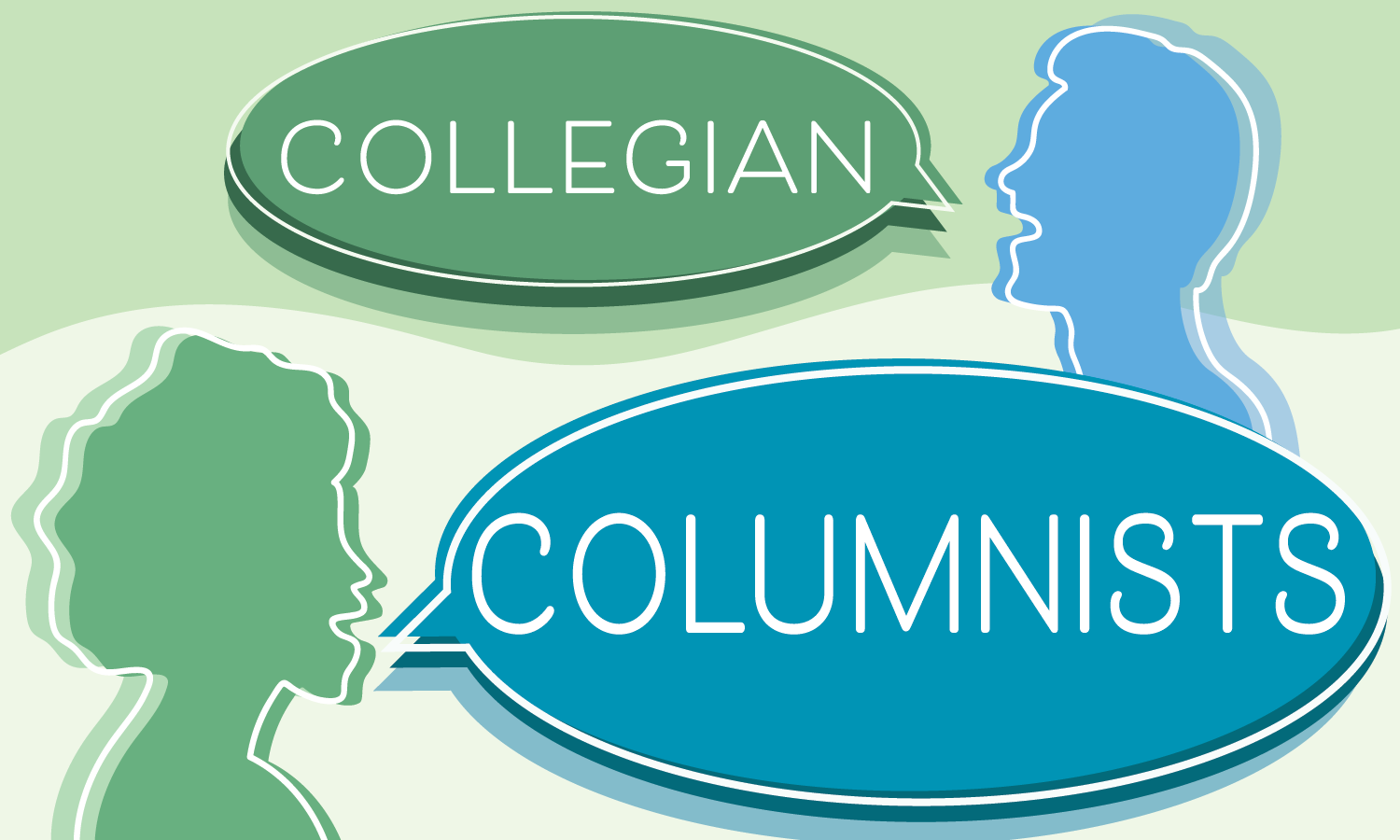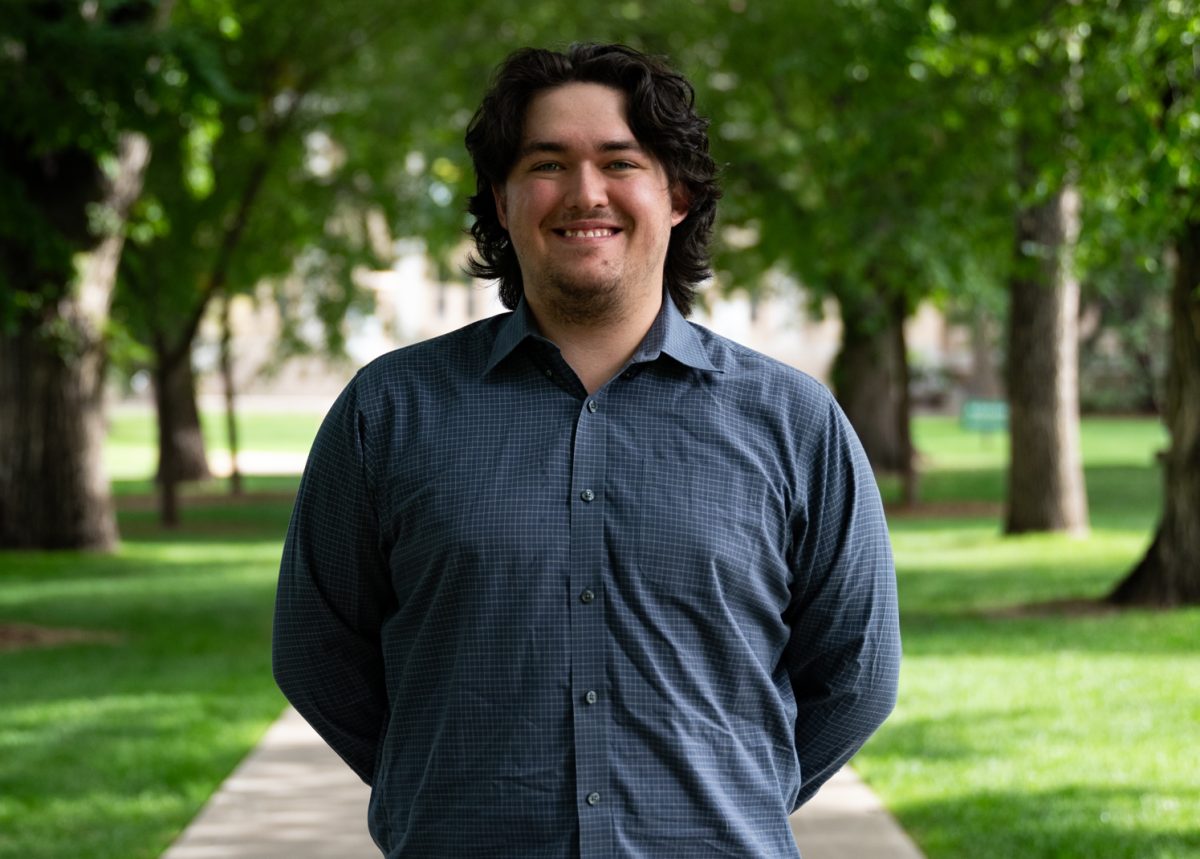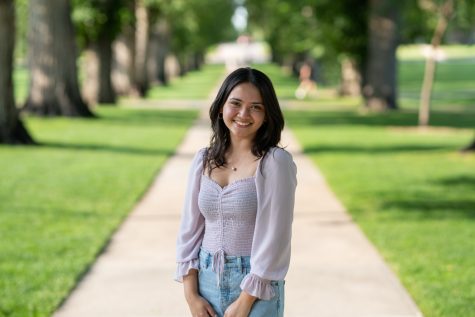
Editor’s Note: All opinion section content reflects the views of the individual author only and does not represent a stance taken by The Collegian or its editorial board.
Fort Collins, incorporated all the way back in 1873, is not young, and as such, it has quite a lot of lore surrounding it. While some of these local legends may not dabble in the macabre, many are tales of haunted buildings and stories of ghosts roaming the town.
However, there’s just as much paranormal activity going on beneath the streets of Fort Collins as there is above.
One of the most haunted sections of the underground network is a long stretch of tunnel that snakes underground, leading to an old Cold War bunker.”
That’s right — a tunnel network runs under the City — a fact unknown to many, except for Lori Juszak, founder of Fort Collins Tours. Juszak has been exploring the paranormal happenings around Fort Collins for several years with her tour company, even publishing a book on the subject titled “Ghosts of Fort Collins.”
Surprisingly, we know very little about the origin and construction of Fort Collins’ tunnel network. Juszak said that even though the history surrounding much of the underground area is cloudy, historians like herself “assume that much of the space had to do with banking and bootlegging.”
However, I didn’t come to Juszak for a history lesson. I came for creepy tales of hauntings and ghostly figures roaming the tunnels of Fort Collins, and I assure you, I was not disappointed.
One of the most haunted sections of the underground network is a long stretch of tunnel that snakes underground, leading to an old Cold War bunker. Juszak said on her tours, “many people have experienced having their hair pulled” or “having cold, clammy hands grab at their ankles” while traversing this stretch of tunnel.
Juszak explained how this stretch of tunnel has also seen occurrences of electronic voice phenomenon, which is the recording of seemingly unexplained voices on tape. Even as a paranormal skeptic, I must admit this is some compelling evidence for the existence of a haunted tunnel.
The tunnels were also used as a transportation system for dead bodies, with one area being connected to what would have been the old town morgue.”
Beyond the Cold War bunker tunnel, there is also an underground area beneath the Museum of Art Fort Collins in Old Town with a spooky past of its own. Juszak explained how the area where the museum stands now used to be a cemetery in the 1860s.
When the land was sold and a post office was being constructed, “the contractor hired to do the work claimed he would remove and relocate the bodies,” Juszak said. “However, after the post office was completed, he stated that he only removed six bodies, and we know there (were) many more that were never relocated.”
The presence of skeletons creeping just below the museum’s foundation is already an unsettling thought, but the story gets creepier.
“From time to time, when excavations are being done … for plumbing and other things, … they find bones,” Juszak said. She also said the majority of the centuries-old bodies found are under the fountains, right below “where all the children play in the water today.”
Juszak said employees of both the museum and the old post office have recounted hearing old music from the 1860s playing on the top floor of the building accompanied by the sound of ghostly footsteps dancing along to the tune.
The tunnels were also used as a transportation system for dead bodies, with one area being connected to what would have been the old town morgue. Juszak said the reasoning behind this was that dead bodies in the 1800s were covered in wax and had to be transported underground to avoid melting in the sun, which would reveal the grotesque corpse beneath.
Between haunted bunkers, partially excavated cemeteries and a dead body highway, even a skeptic must admit the tunnels under Fort Collins have an air of spookiness about them. Actually, “an air of spookiness” is a bit of an understatement — these tunnels are downright terrifying.
For those braver than I, visit the Fort Collins Tours website to schedule your own date with the spooky world dwelling below the streets we walk.
Reach JD Meltzner at letters@collegian.com or on Twitter @jd_meltzner.









